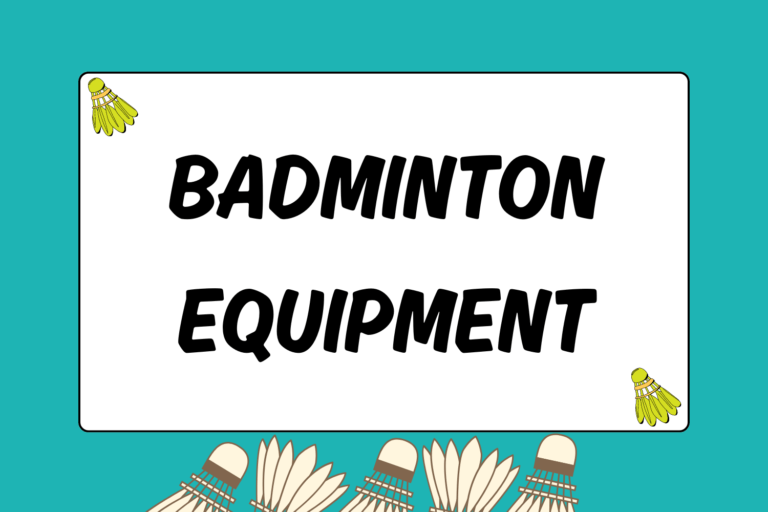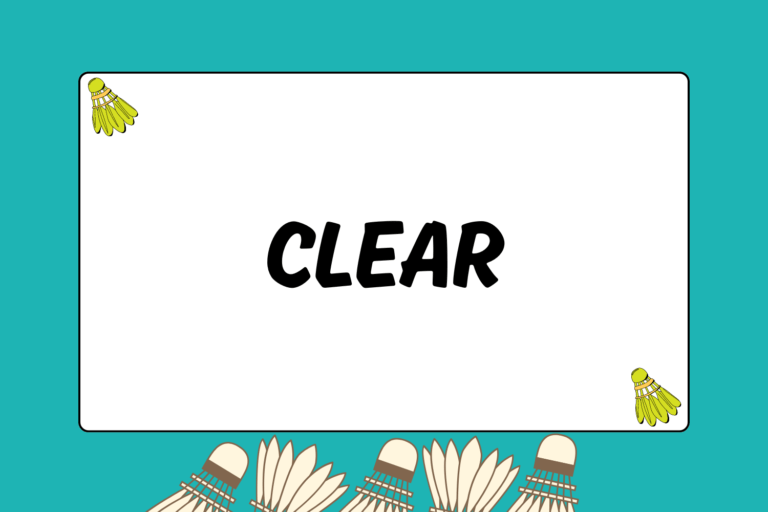The serve is often overlooked as a simple, easy shot without much room for improvement. Serves are, however, undoubtedly the most important shot in the game. If any one shot affects a rally the most, it’s the serve.
This guide stresses the importance of serves and provides drills to help improve your serve on both your backhand and forehand sides.
Serves are King
The importance of serves simply cannot be stressed enough. While there are certainly more factors that affect a rally than just the serve, it’s so crucial because it sets the tempo for the rally.
Once a serve is taken, it immediately determines how a rally will play out. A poor serve will either lead to a kill shot for the opposing team or at least an opportunity to go on the offensive. On the other hand, an excellent serve will either score a point straight away or give your team the chance to attack.
Of course, this doesn’t mean a poor serve will always result in a losing rally for you, but it certainly gives your opponents the chance to gain control. You should aim to create more opportunities for your team while denying your opponents these same chances.
Repetition, Repetition, Repetition
The simplest way to improve your serve is by practicing over and over. The more you serve, the more consistent you’ll become. Of course, you need to practice properly to reap the most benefits from your sessions. To set up an ideal practice session for your serves, you’ll need:
- An entire court to yourself
- Around 20 to 30 shuttles
- A partner to help gauge the quality of your serves
- Motivation!
The first two things may be difficult to acquire, but they’re also the most essential. Having an entire court will allow you to practice serves in any manner you wish. This means short and long serves from either side of the court.
Also, having an abundance of shuttles will make your sessions much more efficient. If you have only a few shuttles available, a bulk of your time will be spent gathering shuttles when you could be practicing.
Service Drills
There are essentially two main categories—short and long—for both backhand and forehand serves. While forehand serves are predominant in singles because of the long service court, they are not strictly limited to that.
To begin any serving drill, you must position yourself correctly in the service court. For singles, stand about two steps behind the short service line and near the center line in either service court. For doubles, stand right where the short service line meets the center line with your dominant foot forward.
Hot Tip: Get Ready!
A common mistake players make when practicing serves is simply watching the shuttle while their rackets hang at their side. Build a good habit by getting into a ready stance after each serve you take. This will make you instinctively prepare for a return during an actual match, where it really counts.
Forehand & Backhand Short Serve
Although the mechanics for the forehand and backhand serve differ greatly, the concept of practicing them is the same. Ultimately, the quality of your short serve is determined by how low you can hit the shuttle over the net and how close it lands to the short service line.
Knowing this, have a partner hold a racket several inches over the net and parallel to it. Your goal is to get the shuttle to pass between the net and the racket. As you improve, your partner can move the racket closer and closer to the net to increase the challenge. Set goals for yourself as a way to measure your progress. For example, if you hit five consecutive successful serves, then aim for 10 the next time.
Singles Long Serve
Here, the long serve only refers to singles. As such, you should place the shuttle in the appropriate service court that is as close to the baseline as possible. Have your partner stand at the long service line with the racket straight up in the air.
Again, you should be able to see the flight of the shuttle, making sure that it passes over the racket and lands between the long service line and the baseline. Similar to the short serve, you should set goals for yourself as you practice the long serve.
Doubles Flick Serve
The flick serve is the doubles version of a long service. It’s so named because of the flicking motion of the wrist that is required to execute this serve properly. The best way to practice the flick serve is to have your partner attempt to return the serve.
If he cannot make a strong return, or if he can’t return it at all, then it’s definitely a quality serve. The more likely scenario is that your partner will easily return most of your serves because he’s expecting it, but that’s okay. Once you develop a consistently solid flick serve, mix it up between short and long to keep your partner honest. This will be a more accurate way to gauge the quality of your flick serves.
Remember the Fundamentals
As you practice hundreds of serves, you’re likely to lose focus at some point. While this may be unavoidable, practicing your serves regularly is important to stay on top of your game. However, mindless repetition of fundamentals can often become sloppy.
Practice with a purpose. Remember to maintain your form, be mindful of your placement, and get into your ready position. To help break up the monotony, switch between short and long serves. You don’t have to look at drills as a chore. Find any way to keep it fun and light, and your practices will go much more smoothly.





